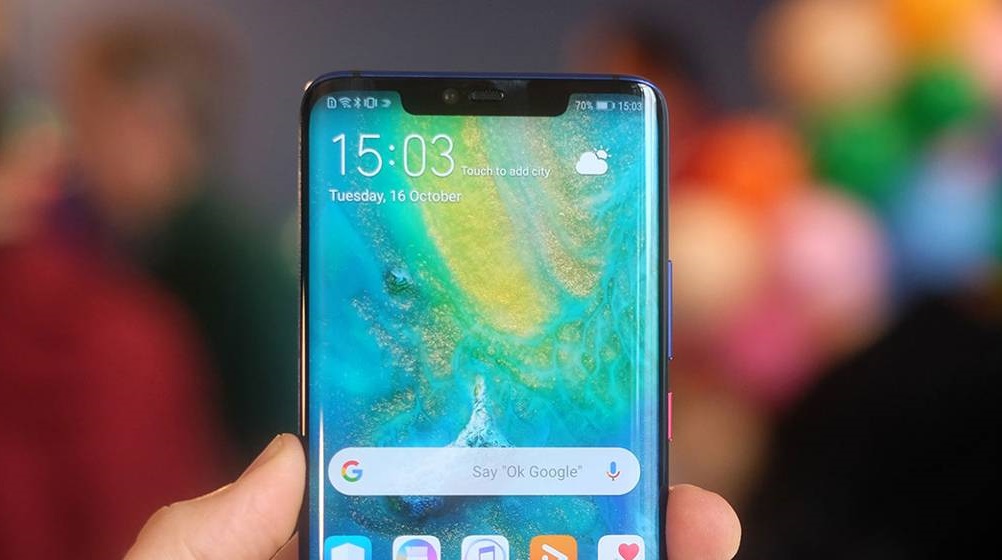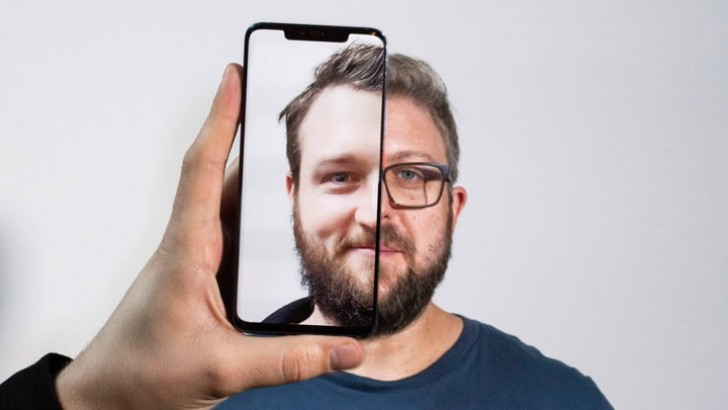Huawei’s latest Mate 20 Pro and Mate 20 RS Porsche Design are some of the few phones that have 3D facial recognition.
It’s a cool feature that replaced the older 2D recognition on Android devices by using a dedicated infrared sensor on the front. It was popularized by Apple when it launched the iPhone X and proved to be a reliable smartphone sign-in method to work along with fingerprint sensors (it did face issues in some scenarios, even for iPhone X).
Not Very Secure
Now, Huawei’s latest addition comes with this feature, the ability to extract 3D data from a person’s facial structure. However, the latest report suggests that the Chinese giant’s iteration might not be as secure and reliable as the sensors used in the iPhone X.
Two Germany-based testers found that they were able to sign-in to one Mate 20 Pro while using the same ID. Only one of the two registered their face into the system, but both were being recognized as the same person. That was because they had similar facial features, such as beard, skin tone, and skull size.
3D facial recognition does face errors when you try it with twins or identical-looking siblings. But in this case, the two unrelated men were able to fool the system just because they have similar hairstyle and beards.
One wears glasses, the other doesn’t, but it still somehow worked. iPhone X also faced this issue initially, but Apple managed to make it more secure after unrolling an update, Huawei might have to do the same in the near future.
The testers even tried two separate Mate 20 Pro units and witnessed the same results. Check out the original source link here (in German).
Update: We reached out to Huawei to ask about Huawei Mate 20 Pro’s failing facial recognition. The company’s respond reads that the Mate 20 units being reviewed by bloggers and media are different from actual versions that will be made available to end-consumers, which will have updated drivers and operating system.
While it is intended to be reflective of the final device, the device, drivers, applications and operating system may differ when it is made available to consumers. The actual performance will vary, and will depend on numerous factors including product configuration, usage, software.
We’ll need to wait and see an actual end-consumer version to see whether 3D facial recognition in the Mate 20 Pro is going to face issues or not.






















